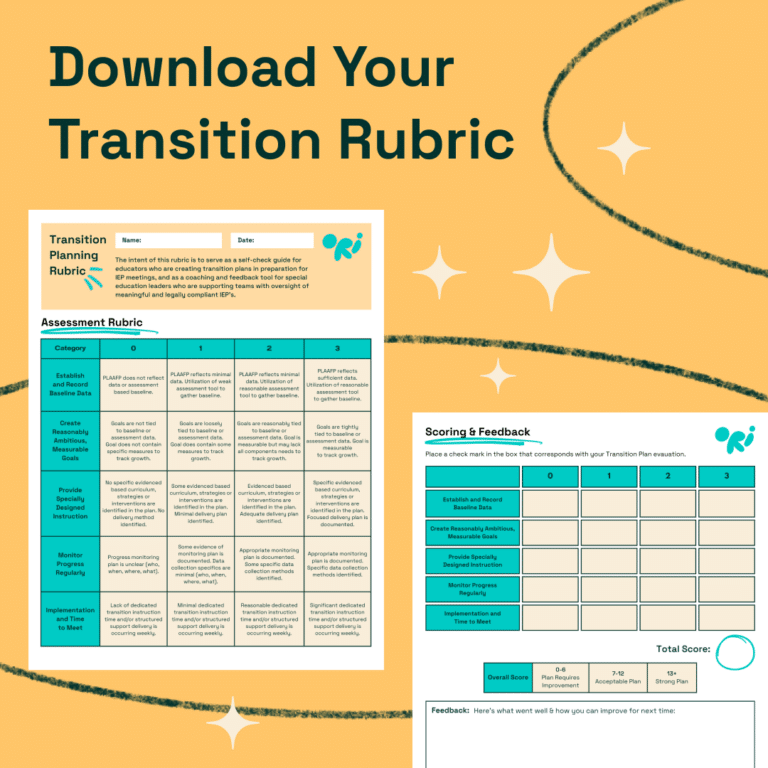


Friendships are fundamental to a student’s social and emotional development. This guide aims to assist educators in formulating Friendship IEP goals that enhance the abilities of students with special needs to forge and maintain meaningful social relationships.
Friendships contribute significantly to social learning, emotional support, and the overall well-being of students. They teach important social skills like sharing, empathy, and conflict resolution, and are especially critical for students with special needs, helping them feel more integrated and supported within their school community.
Integrating specific friendship goals in an IEP helps students by providing structured objectives that enhance crucial social interactions. These goals focus on developing the skills necessary for initiating, maintaining, and nurturing relationships, which are essential for successful social integration.
Friendship goals in the IEP should align with the student’s Present Levels of Academic Achievement and Functional Performance (PLAAFP) and adhere to compliance standards under laws like the Individuals with Disabilities Education Act (IDEA).

Effective Friendship IEP goals are crucial for supporting students with special needs in their social development. By establishing comprehensive, SMART goals and employing strategic educational methods, educators can profoundly impact their students’ ability to form and sustain friendships. For additional resources or personalized support in crafting these goals, please reach out to our educational consultants.
Prepare your students for lifelong success with Ori’s Transition Curriculum.